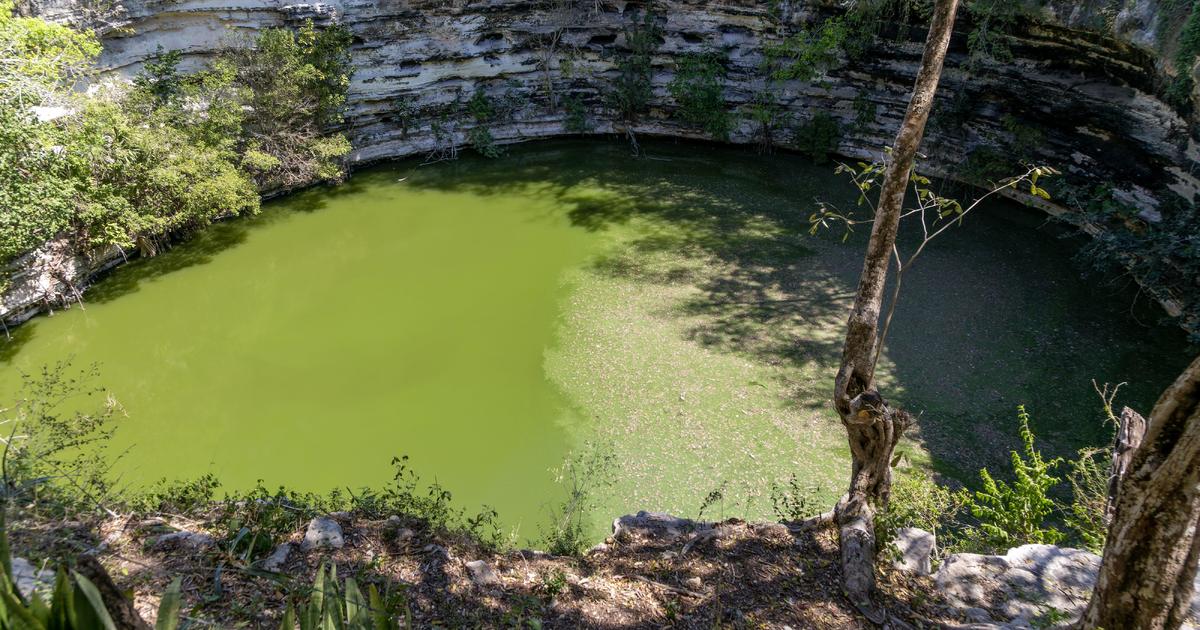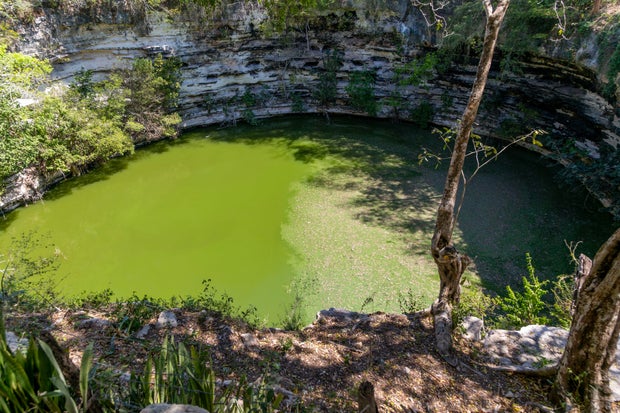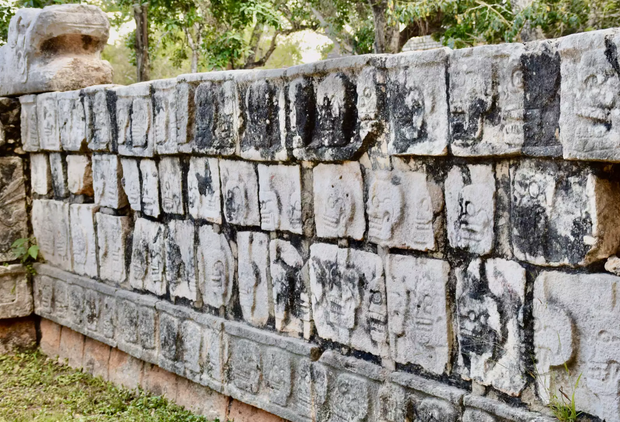In-depth research focusing on genetic material found at an ancient Mayan temple points to a pattern of sacrificing twin boys and other close relatives, according to a new study conducted by an international team of experts.
The city of Chichén Itzá, built on what is now Mexico’s Yucatan peninsula, has been investigated by archaeologists for over 100 years, according to a news release from the Max Planck Society for the Advancement of Science, an independent association of German research institutes. Multiple researchers associated with the Max Planck Institutes were part of the multi-part analysis backing the new study. The city is “perhaps best known for its extensive evidence of ritual killing,” a news release announcing the findings noted.
Previous archaeologists have found physical remains of people who were sacrificed, the news release said, and dredging of the city’s Sacred Cenote, a large sinkhole in the city, revealed the remains of hundreds of human sacrifices.
Geography Photos/Universal Images Group via Getty Images
While many of those found in the cenote were determined to be children and teenagers, little was known about the “role and context of ritual killing at the site,” the news release said. In 1967, an underground chamber near the cenote filled with the remains of more than 100 young children was found.
Previous researchers believed that girls and young women were the “primary focus” of sacrifices conducted at and around the cenote, but when the team behind the new study conducted an “in-depth genetic investigation” of 64 sets of remains, they found that all the remains were those of male children, according to the news release and study.
The boys had all been selected from local populations, and at least a quarter of the children were closely related to another child found in the cavern. Many of those who were related had eaten similar diets, testing showed, suggesting the boys had lived in the same household. These factors indicate that related male children were likely “being selected in pairs for ritual activities,” the news release said.
Johannes Krause
The remains found were dated between the 7th and 12th century, showing that the ritual sacrifices took place over 500 years, the news release said, though most of the children were buried there during a 200-year period.
“The similar ages and diets of the male children, their close genetic relatedness, and the fact that they were interred in the same place for more than 200 years point to the chultún as a post-sacrificial burial site, with the sacrificed individuals having been selected for a specific reason,” Oana Del Castillo-Chávez, a study co-author and researcher in the Physical Anthropology Section at the Centro INAH Yucatán who was part of the team studying the remains, said in the news release.
Researchers were able to identify two pairs of identical twins among the remains. Twins “hold a special place in the origin stories and spiritual life of the ancient Maya,” according to the news release, with twin sacrifice featuring in a sacred text known as the Popol Vuh. In that text, a pair of twin boys descend into the underworld and are sacrificed by the gods. They are later avenged by another pair of twins, known as the “Hero Twins,” whose deeds are “amply represented in Classic Maya art.”
Christina Warinner, an associate professor of social sciences and anthropology at Harvard University and a group leader at the Max Planck Institute for Evolutionary Anthropology, said in the news release that she hopes the new research will shine a new light on what ritual sacrifice in the Mayan civilization looked like and meant.
“Early 20th century accounts falsely popularized lurid tales of young women and girls being sacrificed at the site,” Warinner said in the news release. “This study, conducted as a close international collaboration, turns that story on its head and reveals the deep connections between ritual sacrifice and the cycles of human death and rebirth described in sacred Maya texts.”


